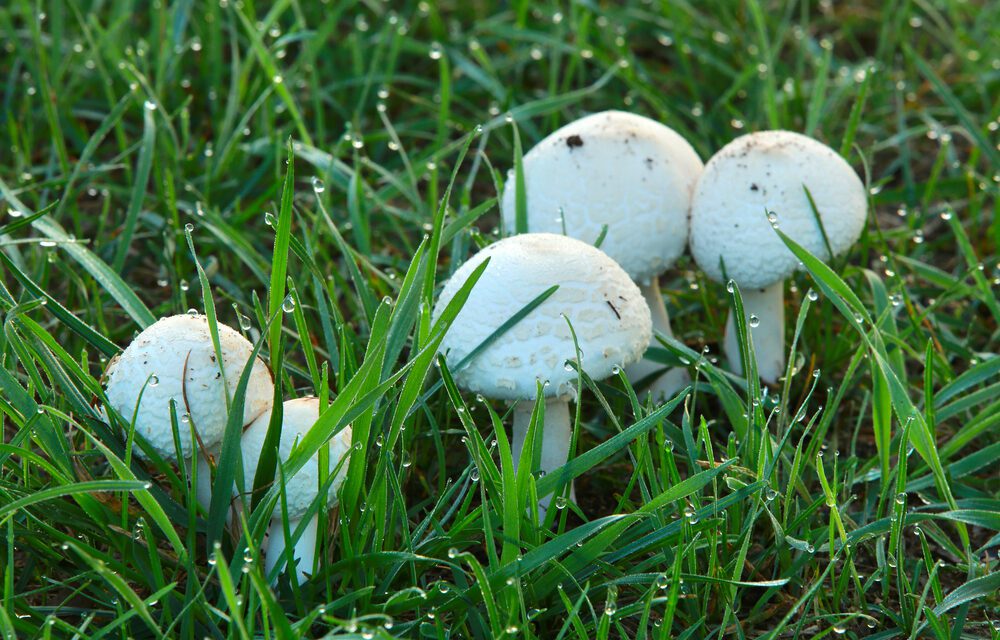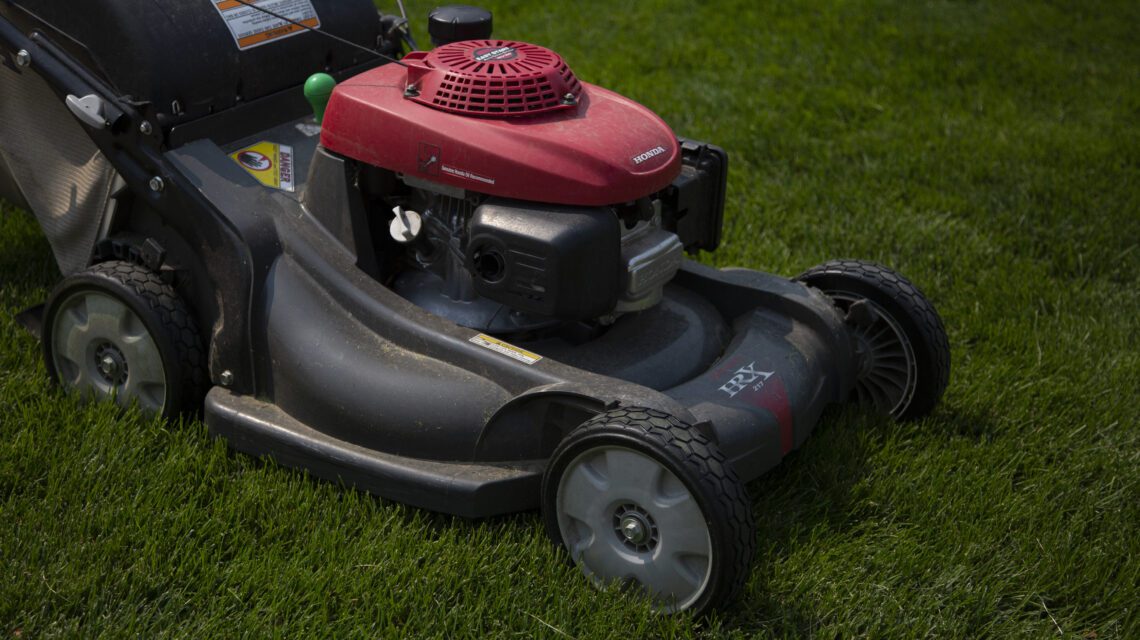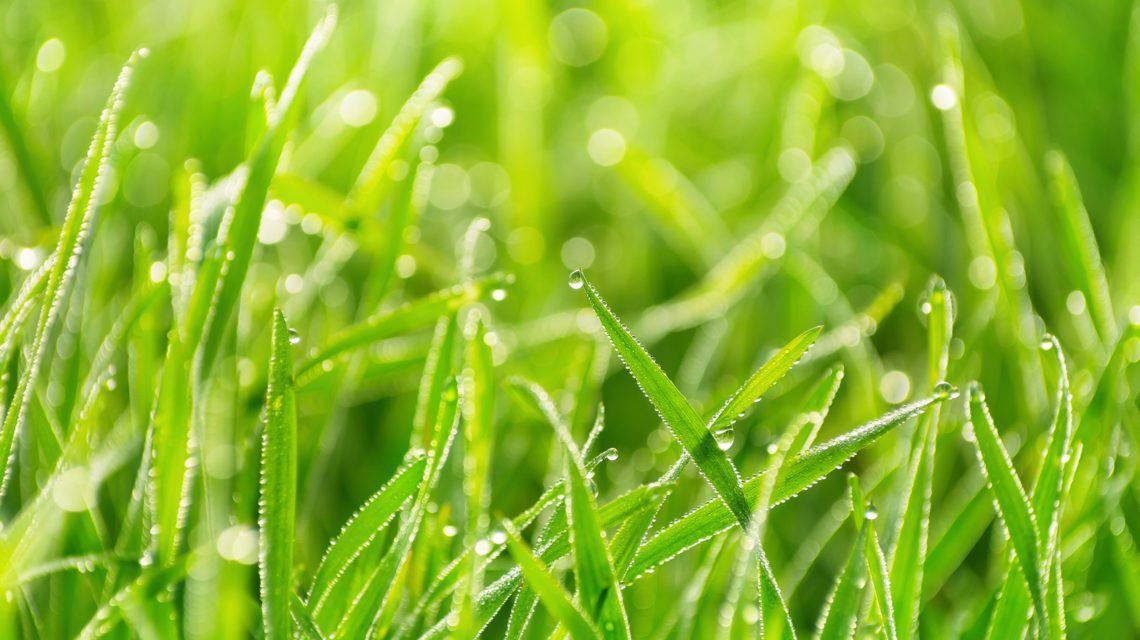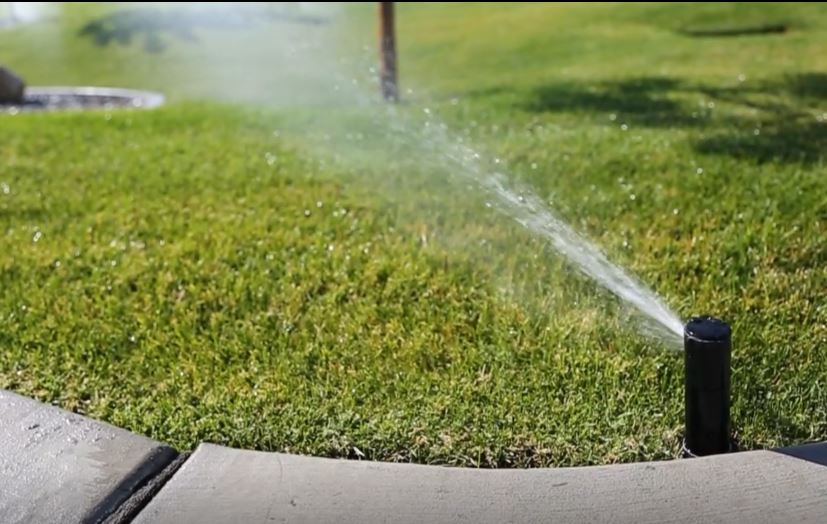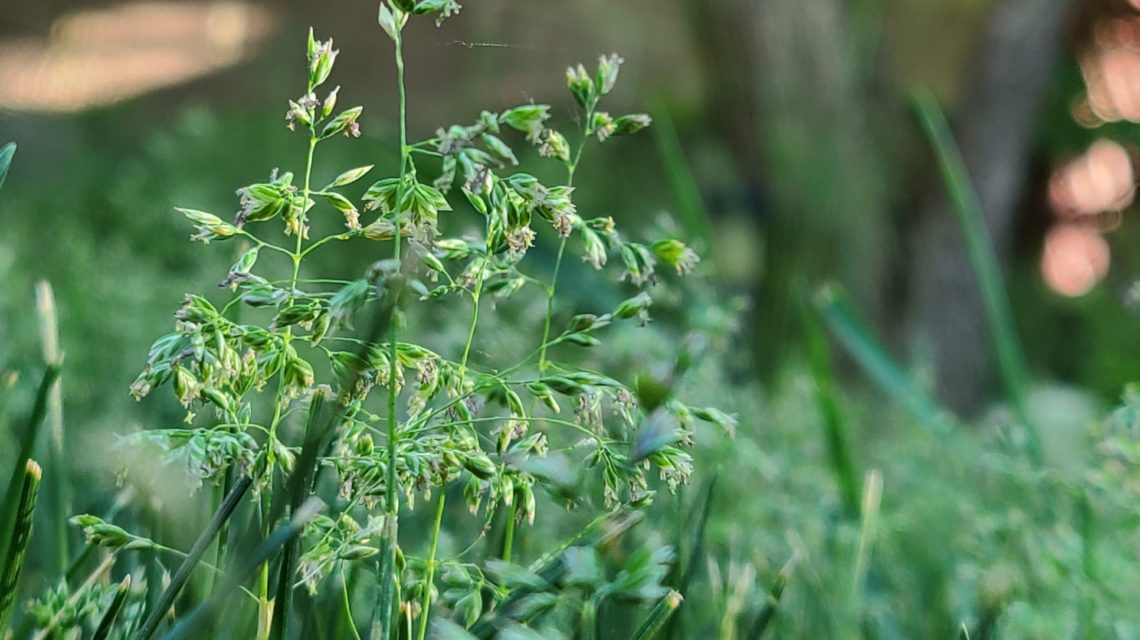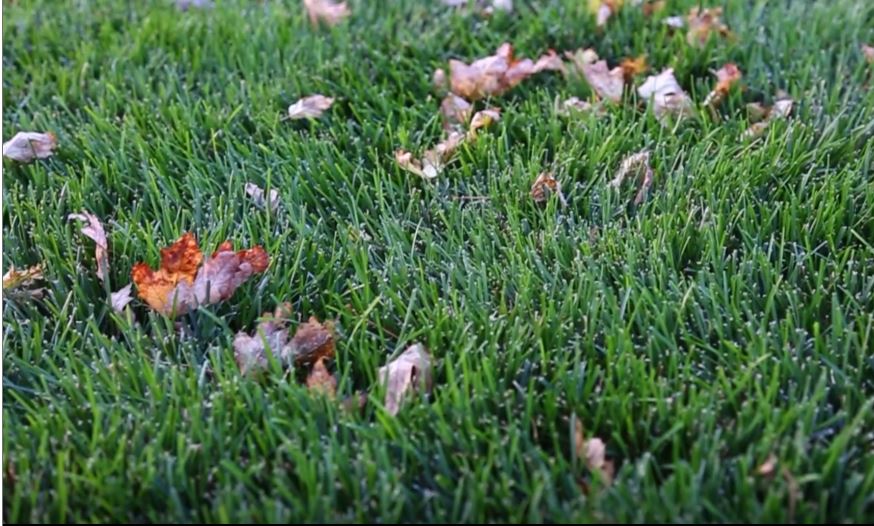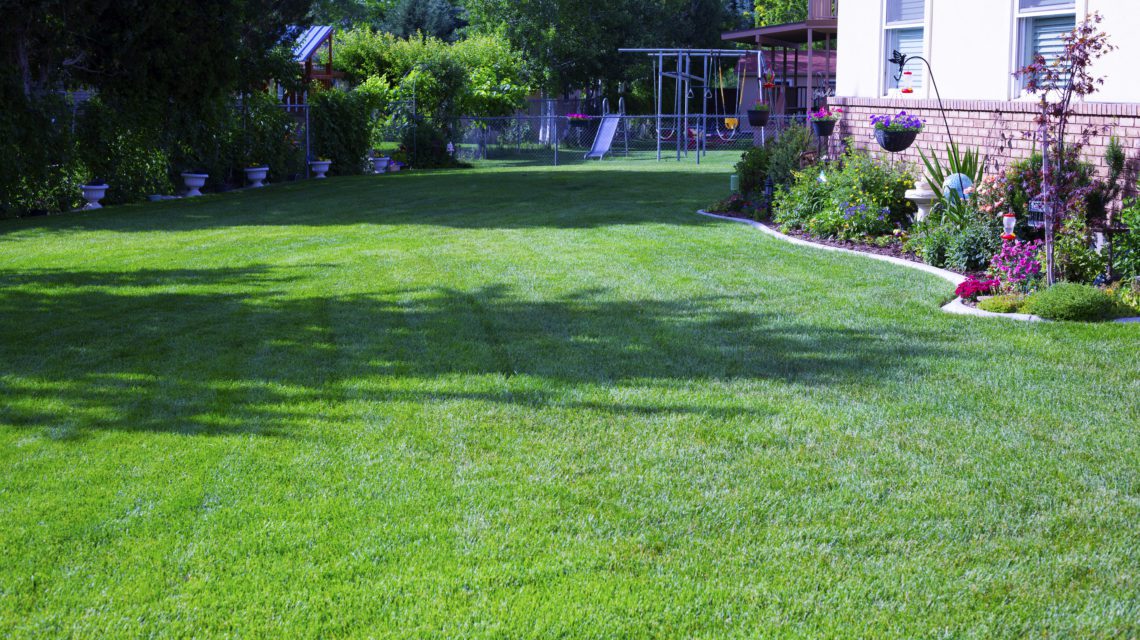
Are you planting a new lawn or re-seeding an old one soon? You’ll find that Kentucky bluegrass-ryegrass mixes or bluegrass-fine fescue mixes make up the overwhelming majority of what most sod farms in Utah sell. You can plant other grass types if you plant from seed instead, but some types of grass make much better
read more


